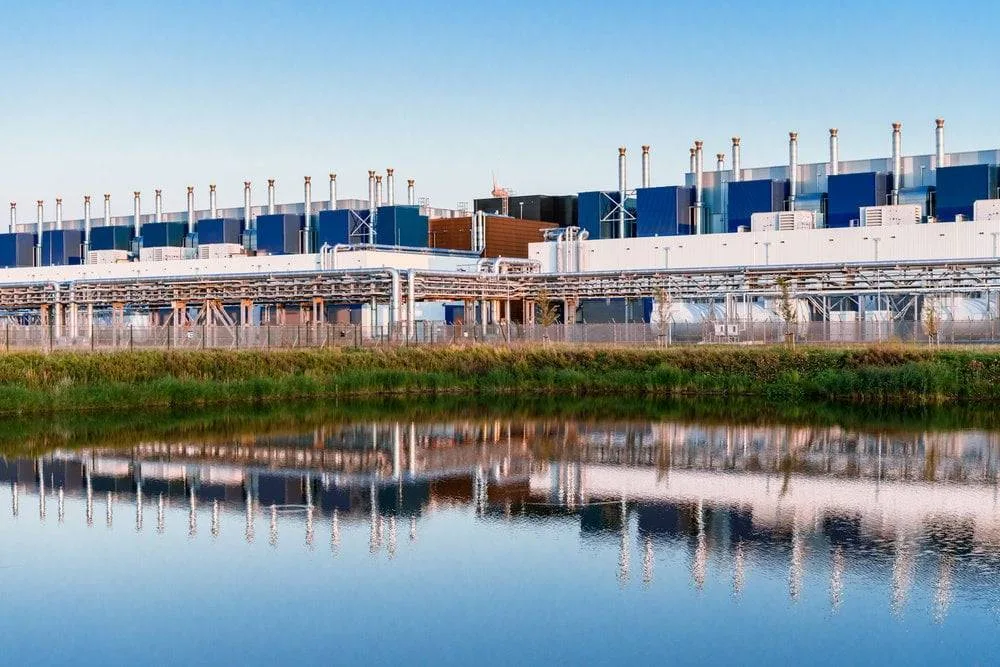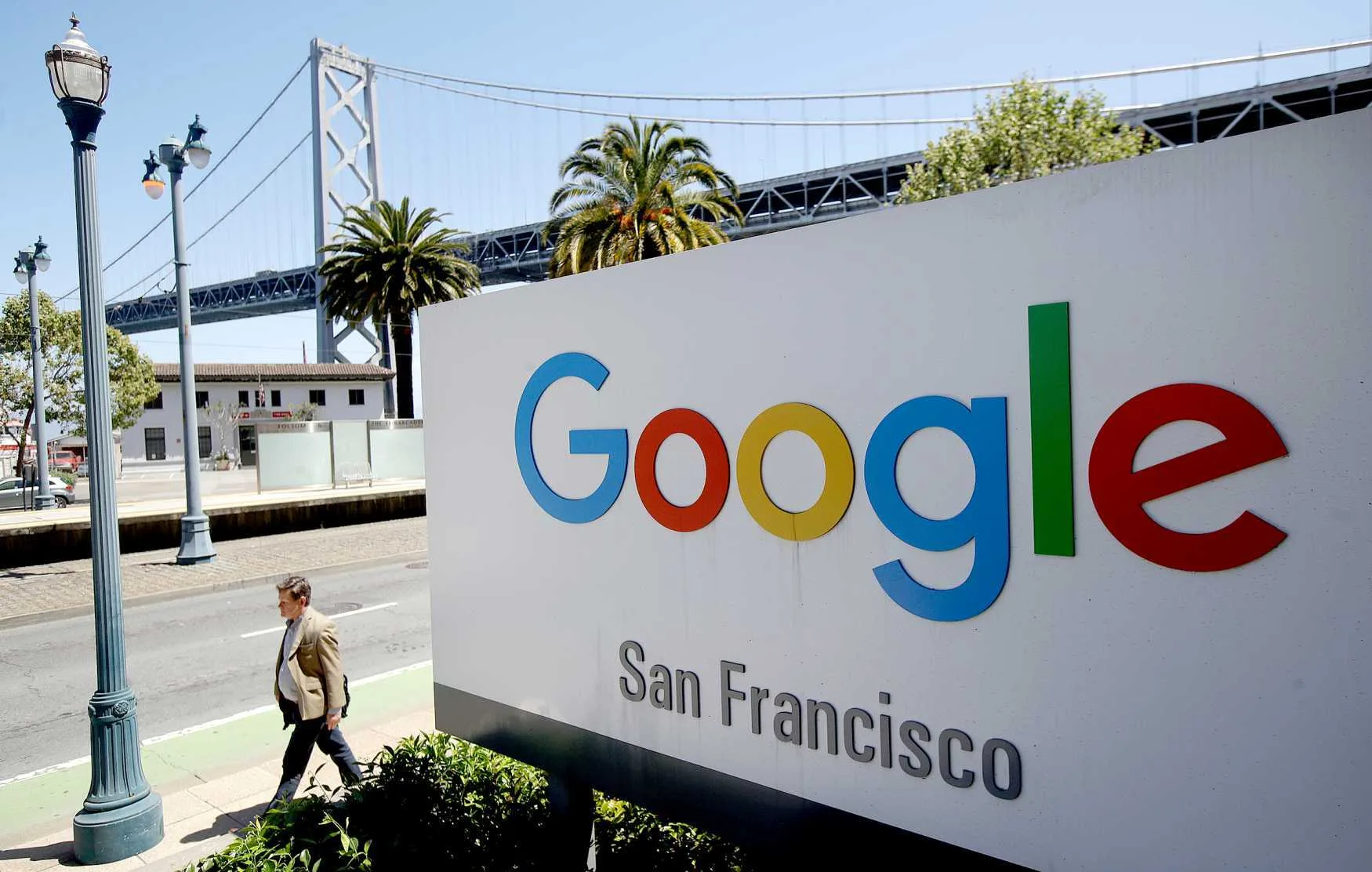Introducing water “stewardship target” for data centres and Google Offices
Google, an Alphabet Inc company, intends to replenish 20 percent more water than its offices and data centres are consuming by 2030, the company said on Thursday, referring to concerns over water-absorbent technology facilities during record droughts.
“We are committed to our water management goal to replenish more water than we use by 2030 and to support water safety in the communities in which we operate,” Google’s director of sustainability, Kate Brandt, wrote in this blog post
“This means that Google will replenish 120 percent of the water we use on average in our offices and data centres.”
In 2019, Google consumed 3.4 billion gallons of water, this is the most recent post on this.
The company told Reuters that it has not yet begun monitoring replenishment rates, but added that its 20% target reflects what is needed to bring regions with high or extremely high water scarcity back to normal levels.
Google uses water to cool stacks of computers in its data centres, which store and process searches, YouTube videos, and other data.
A shift is needed, the researchers said, as climate change exacerbates droughts around the world. The data centres of the California-based company in Mountain View are located around the world.

Google plans to achieve its new goal by using less water in its buildings and then helping to preserve the environment in surrounding communities, starting with those where water is particularly scarce.
Google’s new measures include collecting storm water to flush toilets and funding the removal of water-intensive invasive plants.
In Southern California, Google is even helping install toilet leak detection technology in low-income homes to reduce waste and circulate water through plumbing systems.
Google will continue to help suppliers reduce their consumption, he said
Microsoft a year ago and Facebook last month announced targets to be positive by 2030 without setting a replenishment target.
Google said in September 2020 that it plans to launch its offices and data centers on zero-carbon energy around the clock by 2030.







